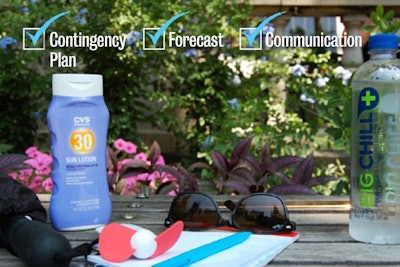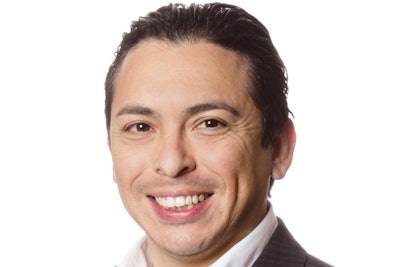
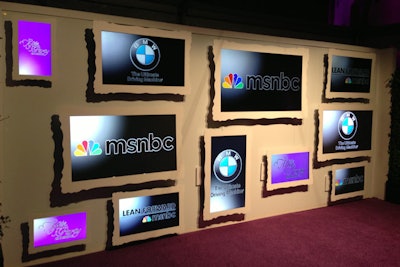
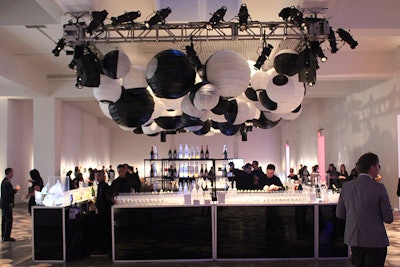
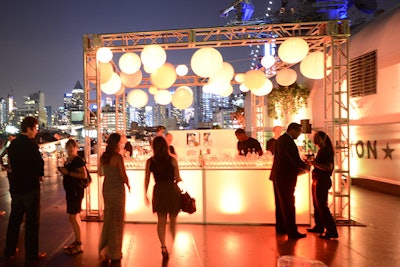
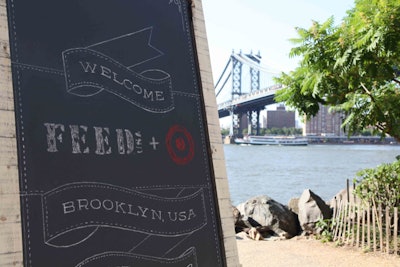
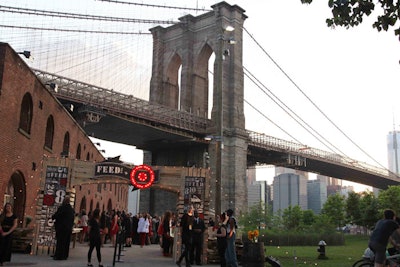
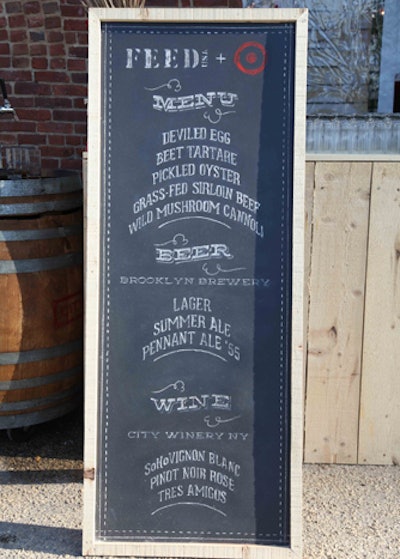
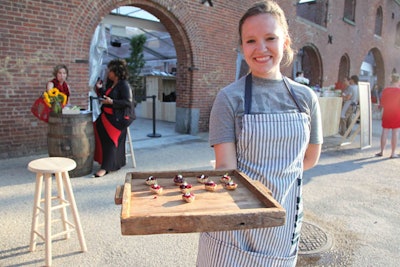
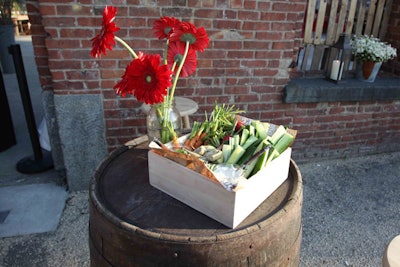
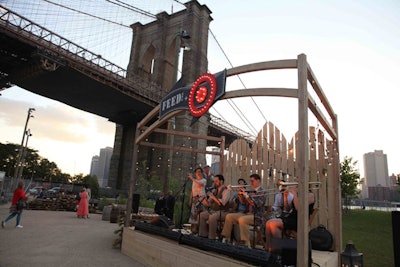
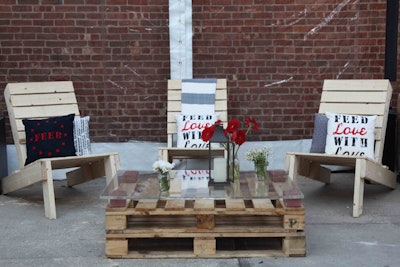
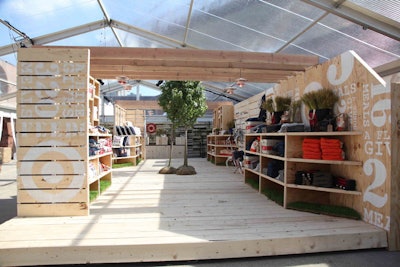
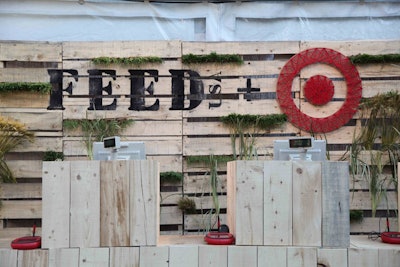
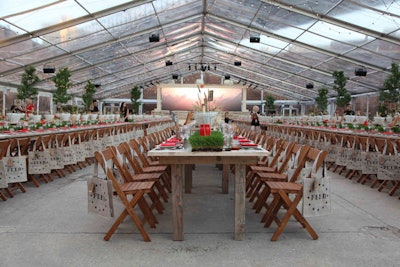
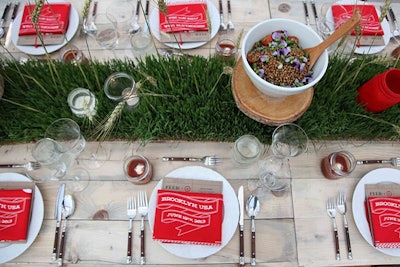
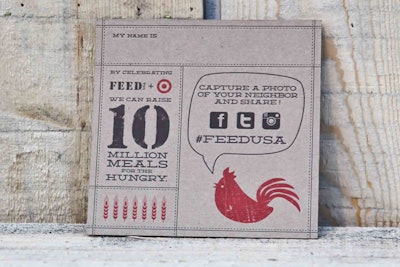
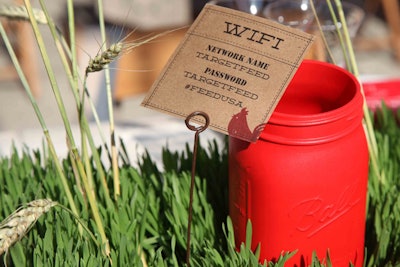
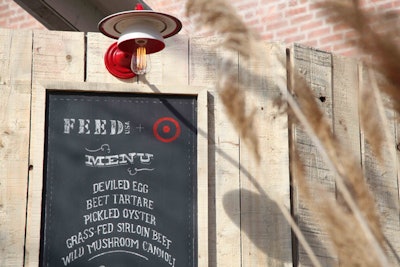
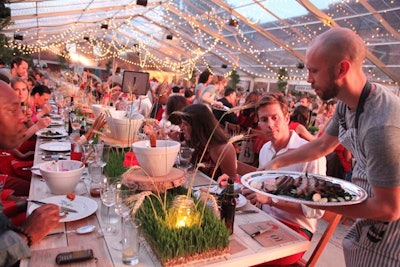
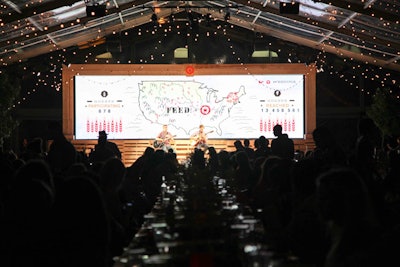
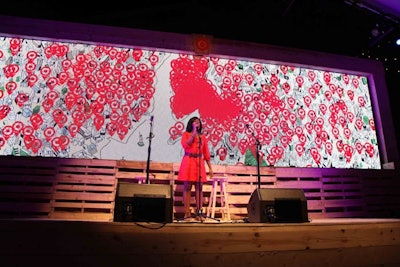
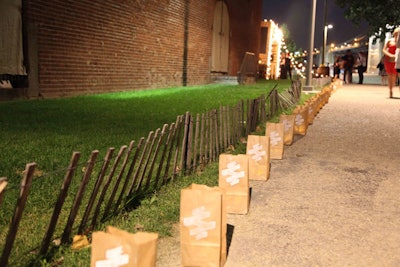
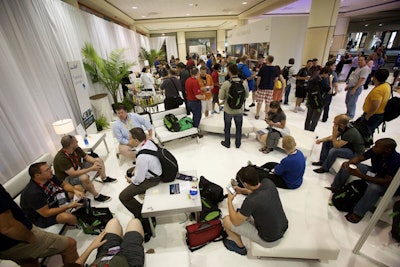
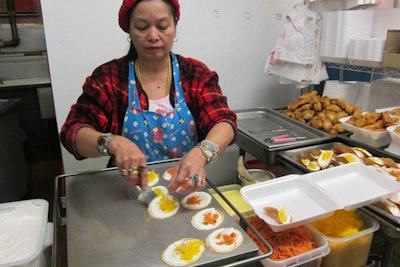
Six Taste Food Tours in Los Angeles has relaunched, specializing in three- to four-hour guided walking tours of local neighborhoods for private groups of six or more people. Guests get the chance to sample popular dishes from as many as eight different restaurants while learning about the history and culture of areas such as Little Tokyo, downtown, Santa Monica, Hollywood, Arcadia, New Chinatown, and Thai Town. Itineraries are based on the group’s preferences and budget, which can range from $40 to $250 per person. Adding on a wine and dessert tasting at the end of the tour is an option, and all but the Delicious Dumpling and New Chinatown tours are vegetarian-friendly.
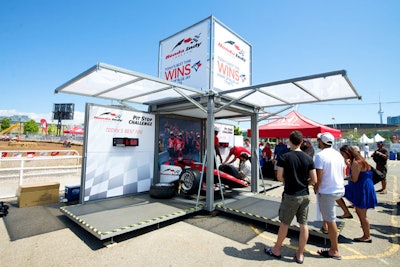
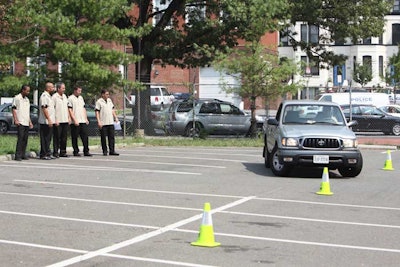
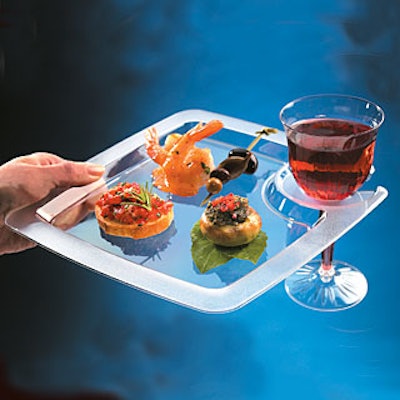
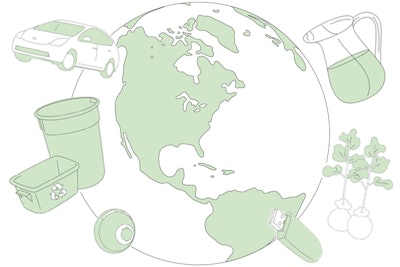
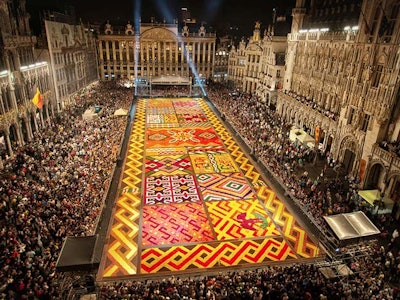
The Brussels Flower Carpet is a 19,375-square-foot mosaic of 700,000 intricately arranged begonias that comes to life every two years for five days during August in the central square of the European capital city. Meant to incite conversation about nature, cities, and art, the designs have typically incorporated themes from Belgium’s history since the first carpet was created in 1971. It takes 100 gardeners four hours to arrange the petals by hand. The next flower carpet will appear in 2014.
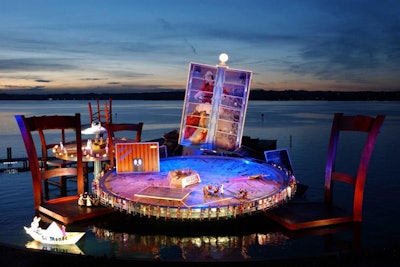
Every summer, the Bregenz Festival draws huge crowds to the shores of Austria’s Lake Constance, where a staggeringly extravagant floating stage set is built to showcase opera performances. The opera festival, founded in 1946, also includes a conventional indoor theater, but each year one well-known opera is staged on a custom-built, high-tech platform, with performers often using the surrounding waters as an extension of the stage. Last year’s The Magic Flute attracted a total audience of 202,663 for 28 performances.
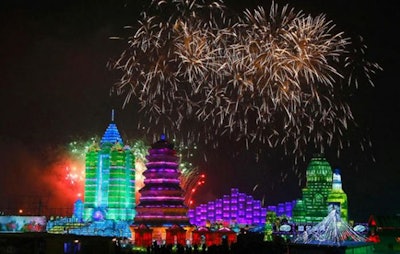
Held each year during the month of January in northern China, the Harbin International Ice & Snow Festival showcases giant, detailed replicas of monuments such as the Statue of Liberty, the Arc de Triomphe, and St. Peter’s Basilica, all carved out of ice and illuminated from within by colorful, dizzying lights—even the festival’s toilets are made of ice. Creating the pieces for the fest's two exhibition parks takes 2,000 workers and almost one month to complete, and factory-sponsored sculptures can reach as many as 20 stories. The exhibition sees more than three million tourists each year.
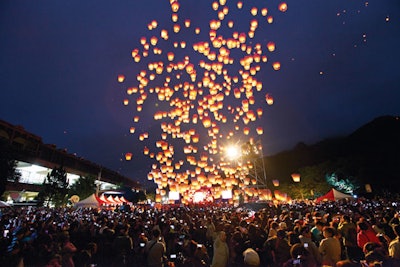
The Pingxi Sky Lantern Festival, held in a remote township in northeastern Taiwan, culminates with the simultaneous release of more than a thousand sky lanterns in early February. Every year thousands write their wishes for the new year on lanterns before launching them into the night air. Traditionally, sky lanterns are made of oiled paper or tissue with a wire frame containing a small candle that causes the lantern to float up, then return to the ground when it burns out.
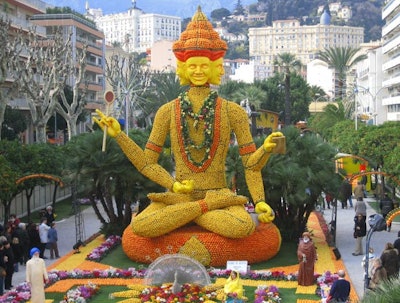
Now in its 81st year, the Lemon Festival in Menton, France, requires 145 tons of citrus fruit every year. The town’s central Casino Gardens are decorated according to the year’s theme (previous ones have included Disney and India), with huge temporary statues covered in and made from—you guessed it—lemons. The event attracts more than 230,000 visitors to the tiny town on the French Riviera, and the program includes several parades and a “Garden of Light.” In 2014, it will be held February 15 to March 5, with a 20,000 Leagues Under the Sea theme.
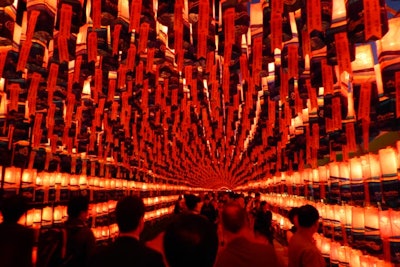
The Canadian city of Ottawa turns into a giant winter festival for three weeks every year when visitors get a chance to skate on the world’s largest naturally frozen ice rink, check out competitive ice sculpting, and play in North America’s biggest snow playground. At the 2013 Winterlude, the National Capital Commission worked with the Jinju Namgang Yudeung Festival in South Korea to create a 115-foot-long tunnel comprising 1,300 lanterns. The tunnel, located in Confederation Park, celebrated 50 years of diplomatic relations between the countries.
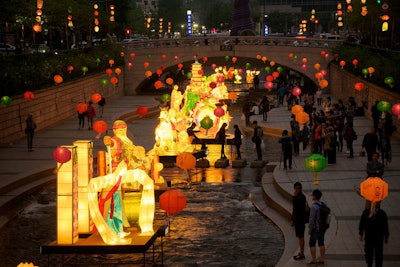
Speaking of Korean lantern festivals, Seoul’s Lotus Lantern Festival—held in honor of Buddha’s birthday—takes place every May. According to Buddhist beliefs, lanterns symbolize wisdom and lighting them is a long-honored ritual that pays respect to Buddha. In addition to experiential cultural events, the festivities in downtown Seoul include a massive lantern parade featuring more than 100,000 illuminated lanterns in the shapes of lotus flowers, fruits, dragons, elephants, and more, as well as many displays and exhibitions of traditional lanterns throughout the South Korea capital.
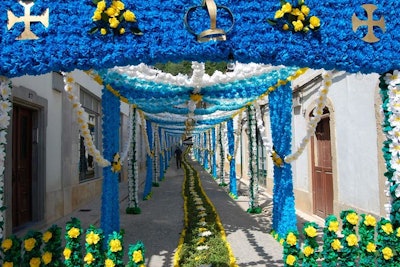
The Festa dos Tabuleiros, or the Festival of the Trays, takes place every four years in Tomar, Portugal, during the summer. Originating in the 1200s, the festival takes its name from the towering tabuleiros decorated with 30 loaves of bread and colorful paper flowers that are balanced on the heads of more than 400 women during the weeklong festival’s final procession. The festivities kick off with a street-decorating competition, during which townspeople decorate the streets of the city with elaborate, brightly hued paper flowers and crepe paper garlands. The last festival, in 2011, attracted more than 600,000 visitors.
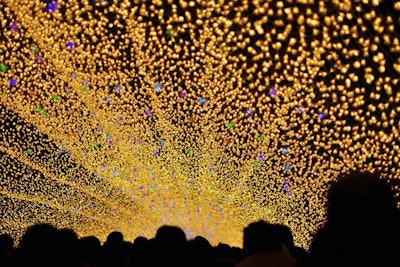
The Winter Illuminations festival in Japan displays more than seven million sparkling LED lights spread across the grounds of the Nabana no Sato botanical garden, part of the Nagashima Onsen resort area in Kuwana City. Every year millions visit to witness the stunning display of lights, one of the largest wintertime illumination events in the country. The annual festival runs for five months, between November and March, and includes the popular 200-meter-long Tunnel of Light that guests can walk through while enveloped in more than a million lights. Visitors can also buy tickets to an observation deck that lifts them 45 meters into the air and rotates 360 degrees for a full view of the park.
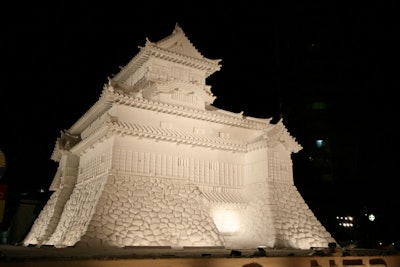
Millions of visitors arrive every February for the Sapporo Snow Festival in Japan, ready to see the city’s mind-blowing array of highly detailed, oversize snow statutes and ice sculptures. Launched in 1950, festival attendees can view the hundreds of massive sculptures—of everything from cartoon characters to architectural masterpieces—that line Sapporo’s Odori Park promenade, as well as partake in activities, performances, and refreshments.
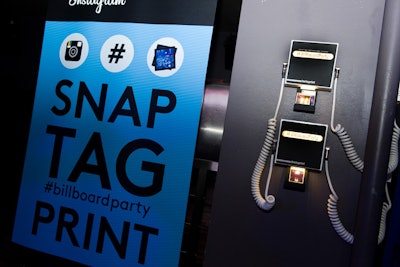
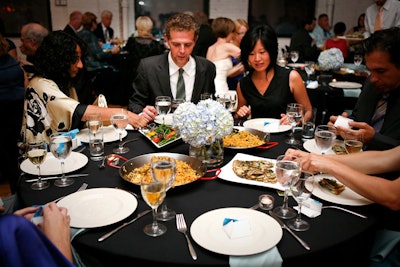
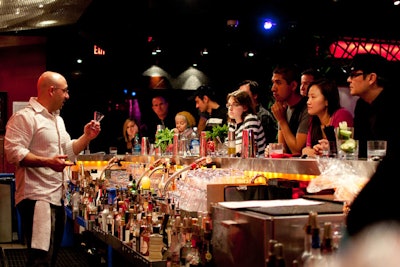
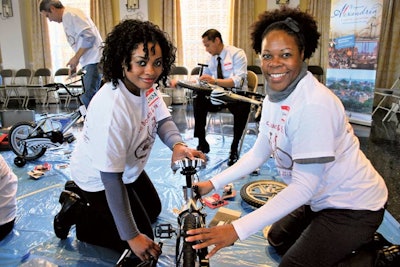
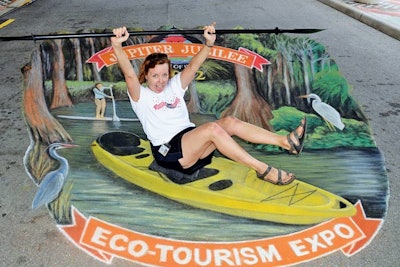
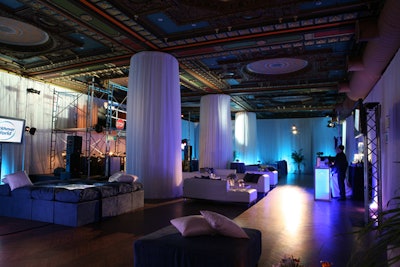
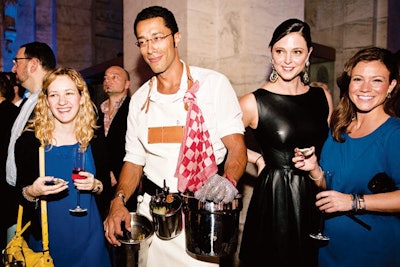
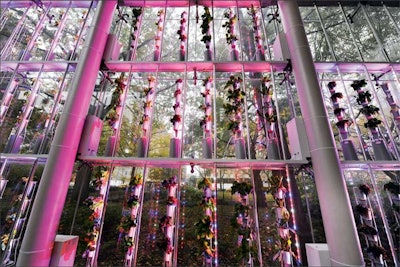
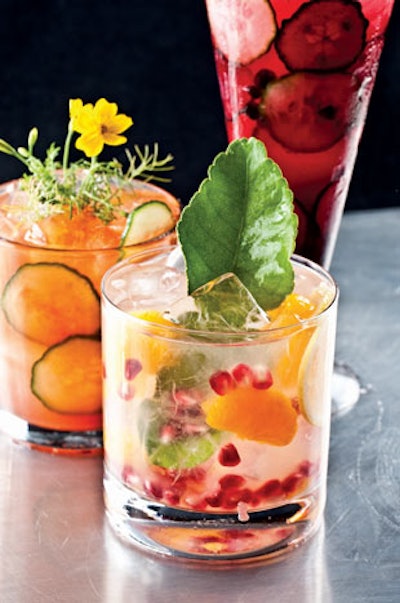
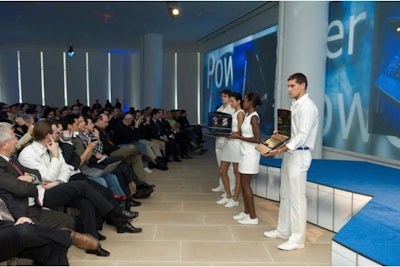
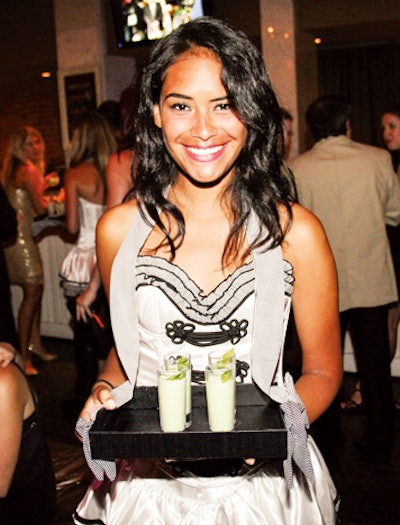

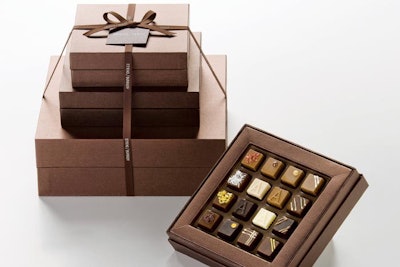
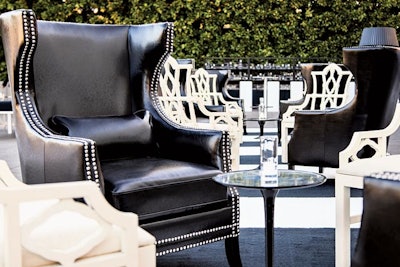
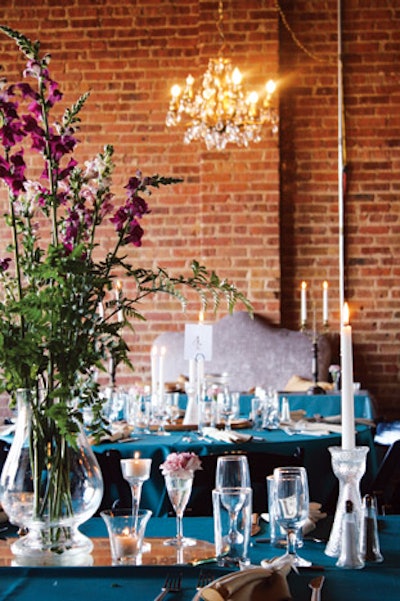
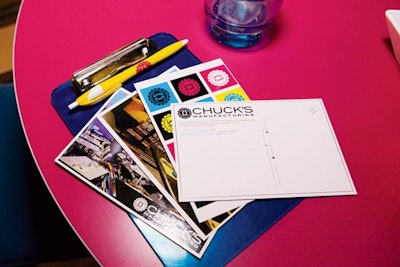
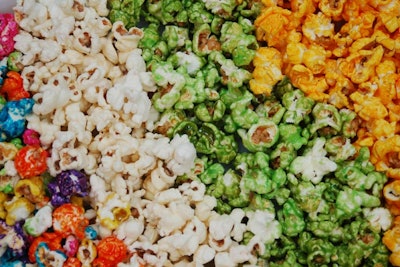
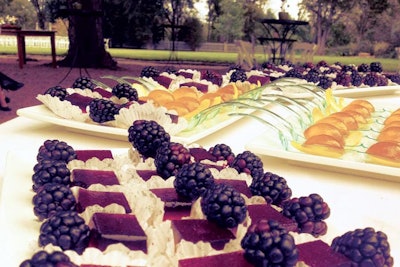
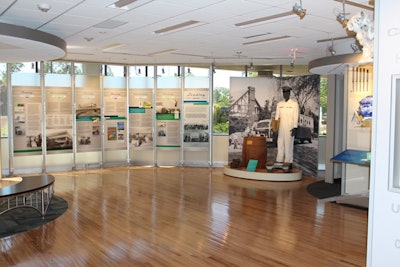
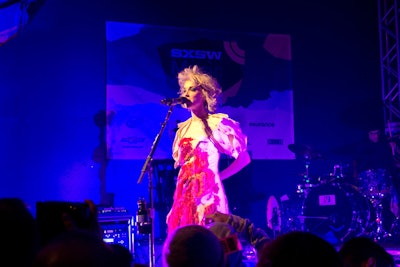
Where/when: Austin, Texas; March
Type of offerings: Music, film, and digital media
2014 dates & ticket prices: March 7-16; admission prices start at $495
Vibe: Crowded, celebratory, frenetic, and keyed in to all things media—especially music, given its origins as a music fest. The significant presence of many start-ups adds dynamic energy throughout the event, and a hipster sensibility pervades venues throughout the city.
Audience: The 2014 iteration drew an estimated 150,000 people, who turned out for all or part of the 10-day program. Among the ranks are mostly twenty- and thirtysomethings, with more than one in 10 traveling from abroad. It leans more heavily toward male attendees—about 60 percent to 40 percent female.
Past event hosts: USA Network, 3M, Beats by Dre, Sonos, Filter, Fader, MySpace
Past main event sponsors: Chevrolet, Friskies, American Airlines, Oreo, Yahoo, Smirnoff, Taco Bell, SideCar
What works: Media-, music-, tech-, and innovation-heavy parties and activations are right for this crowd—last year 3M even used a disturbingly lifelike digital avatar named Jenny that directed guests to panels and events at the Austin Convention Center. Official and unofficial events take over hotels, restaurants, and nightclubs throughout the city.
What doesn't work: Events without a surprising interactive element—or another obvious draw like headlining entertainment—will have trouble rising above the noise.
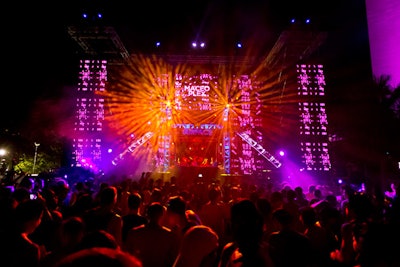
Where/when: Miami; March
Type of offerings: Electronic dance music
2014 dates & ticket prices: March 28-30; admission prices start at $399.95
Vibe: Ultra feels like an eclectic costume party. Scantily clad attendees from all over the world offer plenty of people-watching opportunities. It attracts newbies and longtime festival vets alike.
Audience: Last year, Ultra broke attendance records with about 330,000 people from more than 80 countries at Bayfront Park; the festival also attracts a number of college-age spring breakers.
Past event hosts: Absolut, SiriusXM, Belvedere, Red Bull
Past main event sponsors: Heineken
What works: Pool and yacht parties, private warehouse bashes, and nightclub events start after the festival’s official daily curfew. Record label parties are a huge draw, allowing guests to check out DJs and related talent. An electronic music component is essential to grab attention.
What doesn't work: Ultra doesn’t have an especially upscale feel—folks are dressed casually in neon and high-tops—so events that feel too dressed-up aren’t the right fit. Morning events are a definite no-no for the late-night crowd.
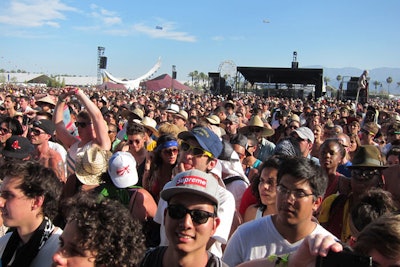
Where/when: Indio, California; April
Type of offerings: Music and art
2014 dates & ticket prices: April 11-13, April 18-20; admission prices start at $375
Vibe: Generally peaceful, joyful. Think braids and daisy garlands amid a free-to-be atmosphere. There’s an air of concern for the environment: interactive recycling programs draw heavy crowd participation.
Audience: A generally sold-out crowd blanketing Indio’s vast Empire Polo Club comprises mixed-genre music fans, many traveling from Los Angeles to the three-day-long program that repeats on consecutive weekends. The range of ages and interests appeals to marketers in the categories of fashion, media, and beverage. Last year drew 90,000 three-day ticket holders for each of the two weekends, and this year is sold out as well.
Past event hosts: Lacoste, Armani Exchange, T-Mobile, Guess, ShopBazaar, H&M, Chevy Volt
Past main event sponsors: Heineken, H&M, JBL, PlayStation, Red Bull, Fruttare
What works: With the desert heat often soaring well above 100 degrees, pool parties reign supreme. The parties often take over private residences and hotels on the festival grounds as well as in neighboring Palm Springs, Cathedral City, and others. With the music-minded crowd, live concerts are often the centerpieces, though festival host Goldenvoice has restrictions on performances by its official acts.
What doesn't work: Daytime events without a pool component—the weather is too unforgiving. Second-weekend events aren’t as popular, so brands overwhelmingly prefer the buzzier first weekend.
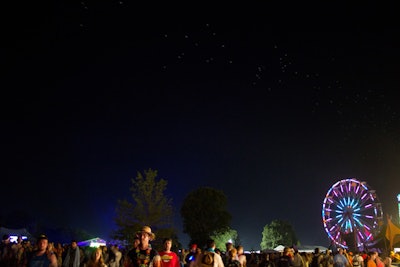
Where/when: Manchester, Tennessee; June
Type of offerings: Music, art, film, and comedy
2014 dates & ticket prices: June 12-15; admission prices start at $234.50
Vibe: The festival draws a crowd with overtly artsy and environmentally friendly sensibilities. There’s a sense of community and an eagerness to explore the festival footprint and its campgrounds throughout Great Stage Park, a 700-acre event ground.
Audience: The Superfly Presents-produced Bonnaroo draws a crowd of about 80,000, including older attendees who have been around since the festival’s beginnings in 2002, to college-age kids from around the country.
Past event hosts: Fuse
Past main event sponsors: State Farm, Ford, Ben & Jerry’s, Dell, Garnier, Miller Lite
What works: Events held at night are a great match for the festival, where the masses are camping and make for a captive audience on the grounds. And given the Tennessee summer heat, giveaways that help keep attendees cool are favorites.
What doesn't work: The crowd doesn’t fancy itself as cool as, say, the Coachella kids, so events that feel exclusive are less likely to make an impact.
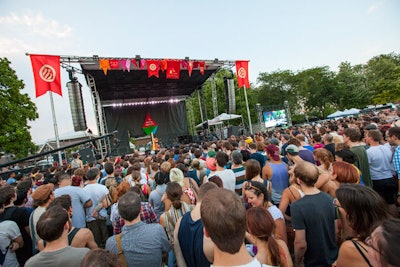
Where/when: Chicago; July
Type of offerings: Music and a retail media fair
2014 dates & ticket prices: July 18-20; admission prices start at $60
Vibe: Set in Chicago’s Union Park, the festival feels a little calmer than Lollapalooza, which shares its host city. It’s smaller and therefore easier to traverse. Headline performances draw a bigger crowd, whereas daytime events have a more relaxed vibe.
Audience: With affordable ticket prices for a major festival, Pitchfork is able to draw a broader audience. The festival also feels more intimate with about 18,000 attendees per day. Think indie music lovers and people wanting to discover up-and-coming bands.
Past event hosts: Ray-Ban, Threadless
Past main event sponsors: Vans, Hostess, ZipCar, Heineken, Goose Island
What works: Brands tend to draw in consumers with perks like icy treats, snacks, cell phone charging stations, and other essentials for staying comfortable at a hot music festival. H&M even brought in deodorant in 2012.
What doesn't work: Sponsor signage on the festival’s stages was a no-go in 2013, so sponsors used everything from carnival games to reps dressed as Twinkies to draw attention.
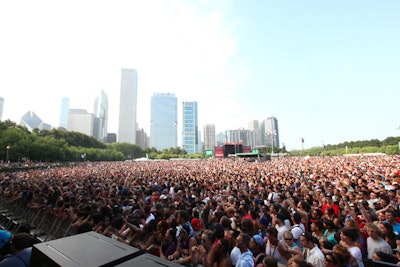
Where/when: Chicago; August
Type of offerings: Music, food, and retail
2014 dates & ticket prices: August 1-3; admission prices start at $95 (based on 2013 one-day passes)
Vibe: The atmosphere is festive, crowded—the event drew a record 300,000 attendees in 2013—and subject to Chicago’s unpredictable elements. It’s known to rain on the hot late-summer festival, creating a devil-may-care environment with attendees sloshing around in mud.
Audience: Young and with diverse musical genre interests: fans come to see indie, hip-hop, dance, R&B, and even country acts. But many attendees weren’t even born when some of the festival’s headline acts like Nine Inch Nails and the Cure were topping charts. The crowd is also international: At least one in 10 attendees travels from abroad.
Past event hosts: Belvedere, Gilt City, Fiji Water, Billboard, Asos, Bed Head
Past main event sponsors: Red Bull, Bud Light, Samsung, BMI, Toyota, Citi, Mophie, Gap, Hard Rock Hotel
What works: Given the festival’s urban downtown environs in Chicago’s Grant Park, hotels are popular—and proximate—venue choices for parties. And hotels welcome the event business and tourists: the festival has an economic impact of $120 million on the city.
What doesn't work: Overcrowding at related events is a perennial problem, and long lines have created headaches for guests and hosts alike. Further, Chicago’s notoriously dicey August climate has led to cancelations and last-minute tweaks (including an evacuation of the grounds in 2012).
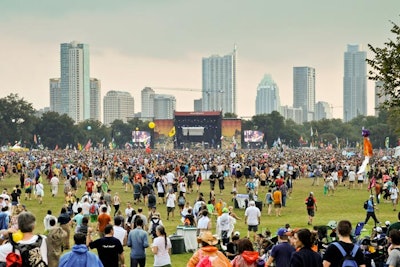
Where/when: Austin, Texas; October
Type of offerings: Music, food, and art
2014 dates & ticket prices: October 3-5, October 10-12; admission prices start at $200
Vibe: The festival feels buzzy and big; in 2013, back-to-back weekends drew 375,000 fans. All-ages attendees contribute to an agreeable atmosphere: Frisbee throwing, kids’ activities, and juggling are mixed in with the music offerings at Zilker Park..
Audience: Austin City Limits draws the young audience that you’d expect at a music festival, but more than a quarter of its attendees fall into the 35-to-44 age bracket. There’s even an “Austin Kiddie Limits” area to accommodate families. A third of attendees are local to Austin.
Past event hosts: Pizza Hut, Viacom, Tito’s Handmade Vodka
Past main event sponsors: Bud Light, Samsung, Honda
What works: For off-site events, festivalgoers are attracted to the comforts they don’t find on festival ground: amenities, places to sit and relax, and free food and drink. Free barbecue—and even free tattoos—are popular event offerings. Because of the festival’s strict 10 p.m. curfew, after-hours events have a good bet at drawing crowds.
What doesn't work: Traffic is a huge challenge to and from the festival venue, so hosts that choose locations too far away have it tougher when trying to pull attendees.
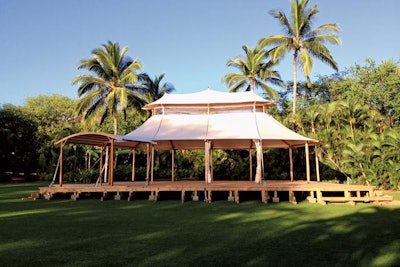

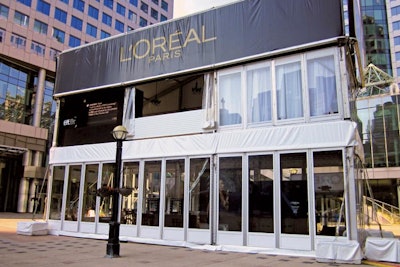
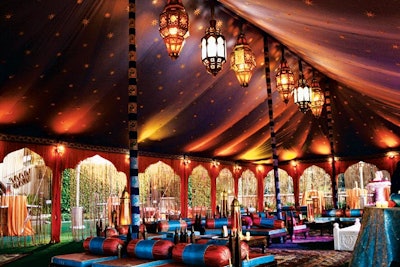
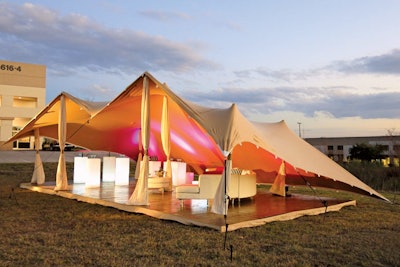
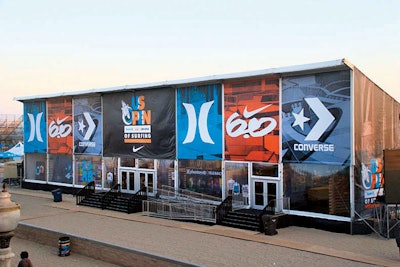

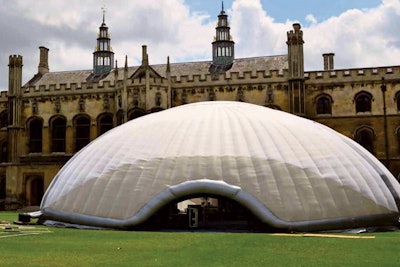
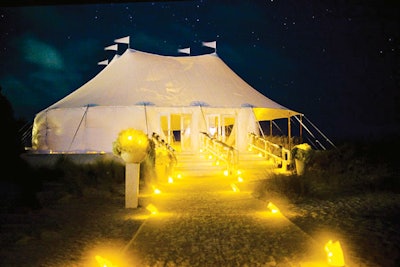
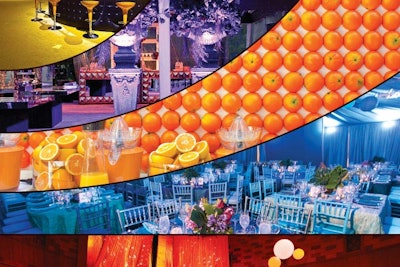
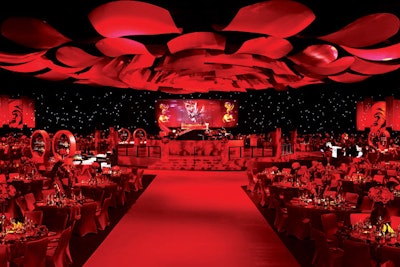
Cheryl Cecchetto of Sequoia Productions executed the “romantic rhapsody in red” theme at the 2012 Emmys Governors Ball in Los Angeles with a giant rose concept and copious amounts of the color.

Stoelt Productions upped the excitement for the 2012 Clio awards after-party at New York’s American Museum of Natural History by flooding the event with red lighting.
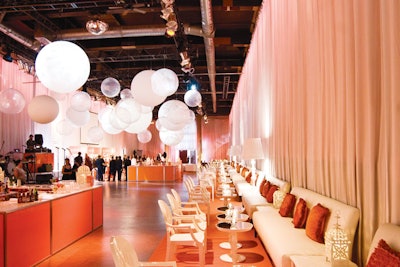
The 2012 Pencer Brain Trust Gala in Toronto used flamboyant orange hues to support its edgy, rock theme.
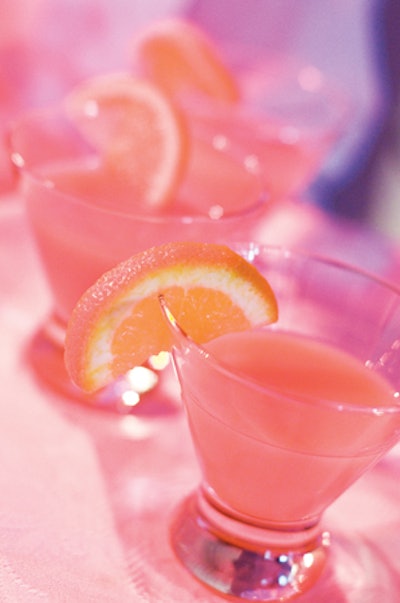
Even cocktails at the 2012 Pencer Brain Trust Gala were infused with the color.
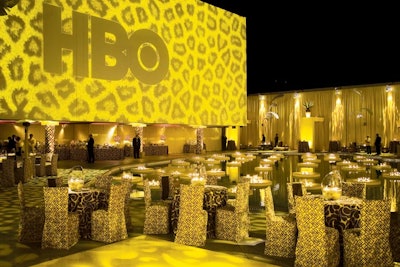
Billy Butchkavitz’s design inspiration at HBO’s 2009 Golden Globes party in Los Angeles came from the colorful “emotional architecture” style of Luis Barragán and vintage ’60s textiles. Butchkavitz washed restaurant Circa 55 and the adjoining pool area at the Beverly Hilton in a banana yellow animal print.
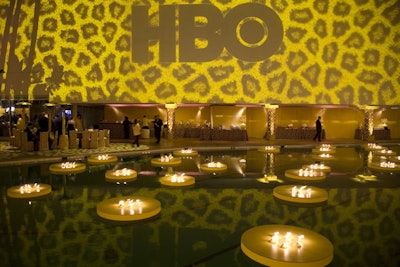
Torches floated on lily-pad-like structures in the Beverly Hilton's pool, which reflected yellow decor elements from HBO’s 2009 Golden Globes party.
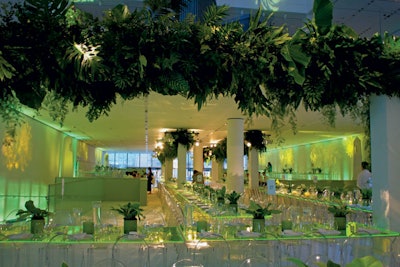
Lush canopies of natural greenery popped against neon green Lucite tabletops at the Museum of Modern Art’s 2013 Party in the Garden benefit in New York.
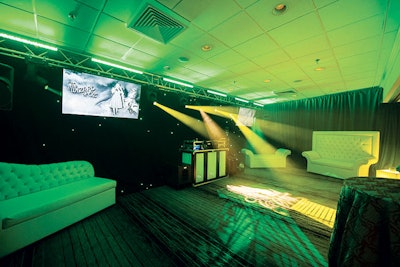
At the Greater Washington, D.C., chapter of the National Association for Catering and Events’ annual fund-raising gala in 2012, the Emerald City Lounge was aptly colored and had an eerie feel.
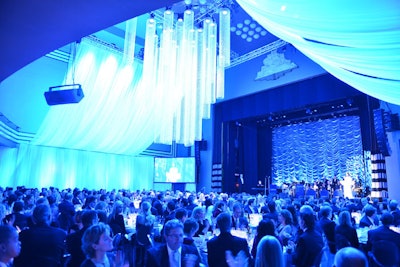
Blue lighting and sequined tablecloths made for a striking look at Ronald McDonald House Toronto’s holiday season gala in December 2012.
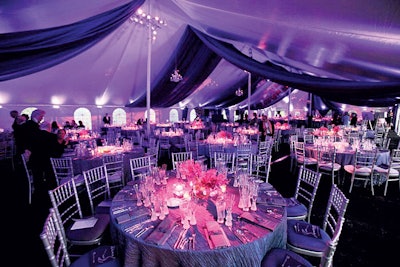
Event planner André Wells designed the 2010 Washington Ballet ball around the gala chair’s favorite color. Nearly every shade of purple was used in event, dubbed the “Purple Rain Ball.”
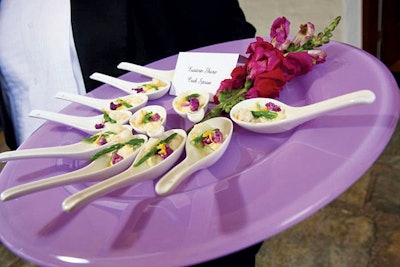
Spoons of Eastern Shore crab were passed on lavender serving trays at the 2010 Washington Ballet ball.
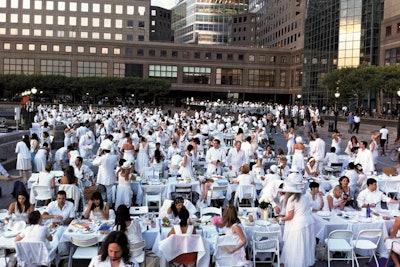
More than 1,200 guests donned white garb for the fresh concept of Dîner en Blanc’s flash-mob-style dinner in New York in 2011.
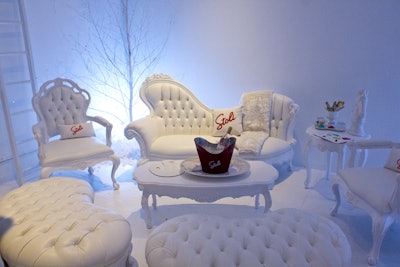
At UrbanDaddy and Stoli’s launch event in New York in 2012, a pure white room was later transformed into a playful and colorful space as guests painted on the walls and lighting projections filled the room.
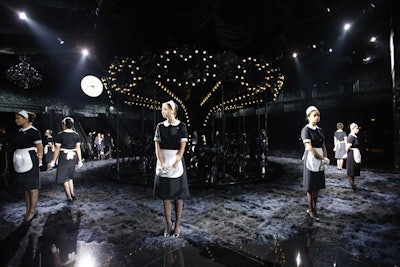
At Marc Jacobs’s final show for Louis Vuitton at Paris Fashion Week in October 2013, a set filled with escalators, a fairground carousel, a fountain, and more was rendered in all black.
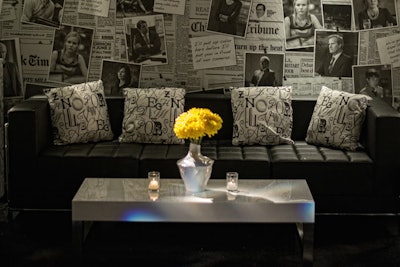
Inspired by the “power of the press” shown in season 2 of The Newsroom, designer Billy Butchkavitz used a black-and-white newsprint palette for the show’s 2013 premiere party in Los Angeles.
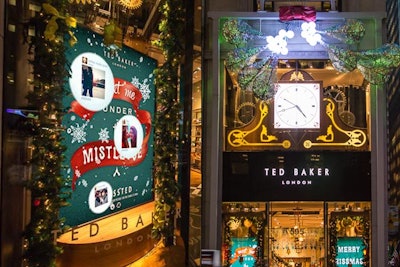
During the holidays, fashion brand Ted Baker used the tradition of kissing under the mistletoe to encourage selfies that promoted the brand. At the Ted Baker Fifth Avenue store in New York, Kin Design created a 20- by 20-foot aluminum sculpture to serve as a modern twist on mistletoe, and guests shared kiss pics on Twitter and Instagram with the hashtag #KissTed. With the help of a specially designed app, photos then fed two 90-inch monitors inside the store’s front windows for passing shoppers to see. On Christmas Eve, the brand selected one participant to receive a free four-night stay for two at the St. Regis Hotel in Abu Dhabi.
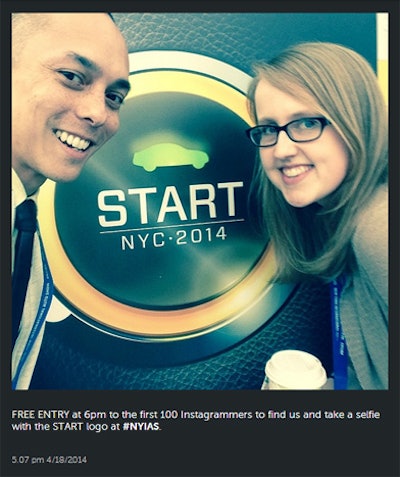
Not all selfies are spontaneous; offering a reward can incentivize guests to take and post them. The New York International Auto Show gave out free tickets to opening night to the first 100 people who posted a selfie with a show poster, found in New York's Jacob K. Javits Convention Center.

Offering guests extra props or backdrops to inspire selfies can sometimes seal the deal. During a holiday event, the W Fort Lauderdale placed mirrors in nine spots throughout the property, each embedded in elf-theme vignettes. After snapping their festive shots, guests could then upload the images to Instagram, Facebook, or Twitter using the hashtags #WFortLauderdale and #BringtheBright.
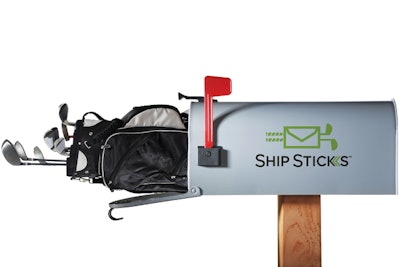
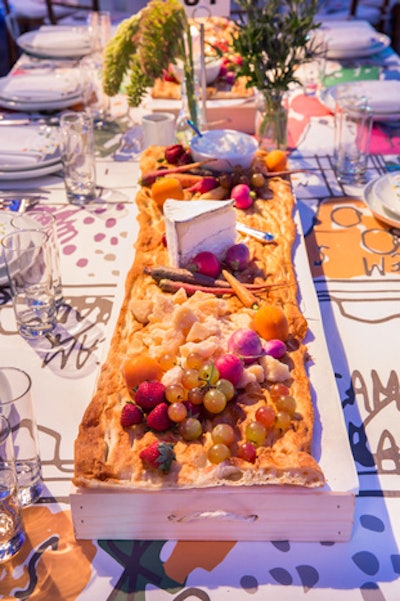
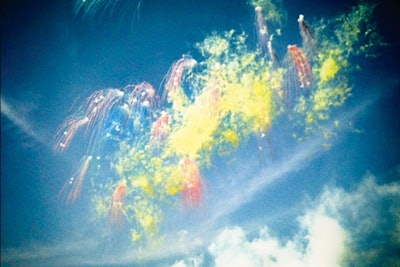
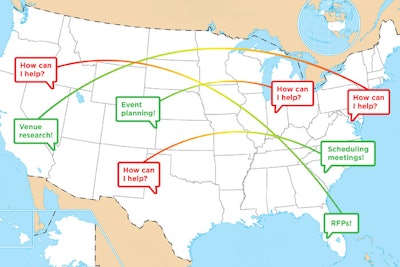
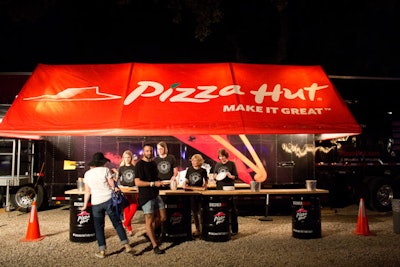
Presented by Pizza Hut and Viacom Networks, the Discover Great Music Lounge took over American Legion Hall with all things bacon. The late-night event served as the launch for Pizza Hut's new bacon cheese stuffed-crust pizza, so guests were offered full-size samples of the new pie. Throughout the venue, oil cans were decorated to look like meat smokers.
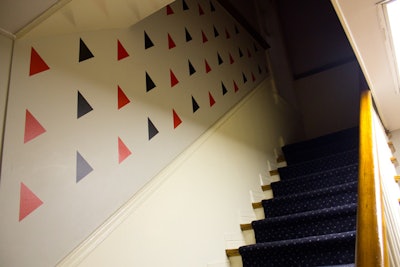
As a way to add subtle branding, organizers decorated the interior of the venue with arrows, the logo of the Discover Great program. The signage also appeared on the fencing around the building.

The Amurica photo booth was housed in a small camper that could fit as many as 10 guests at a time. Inside, the walls were covered with knickknacks and lights.
